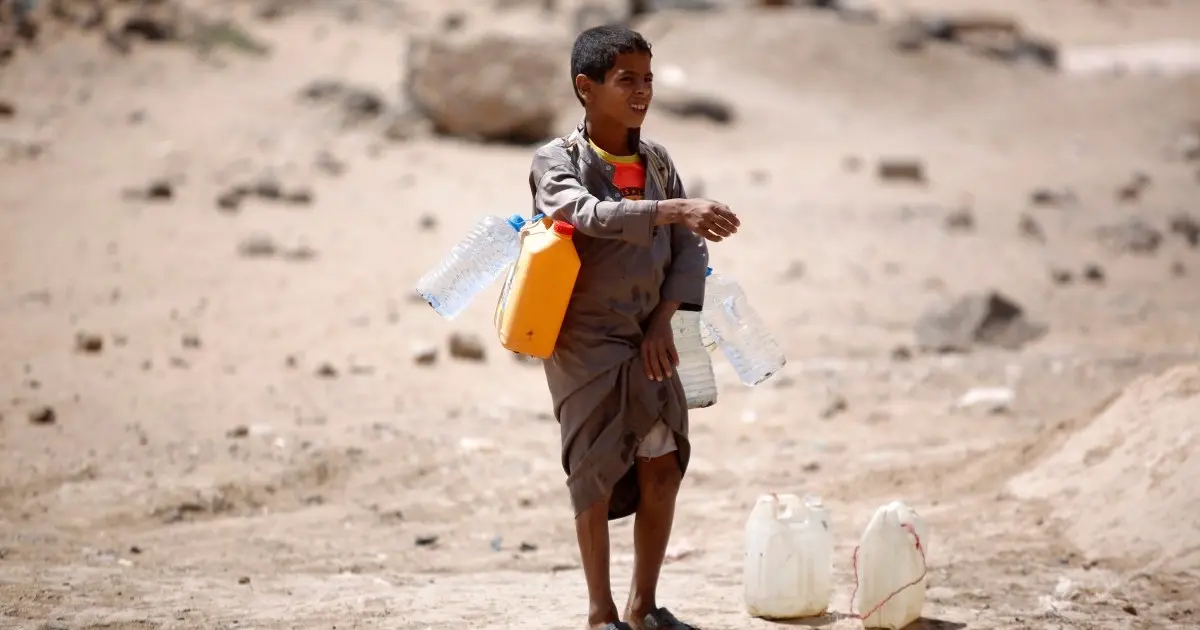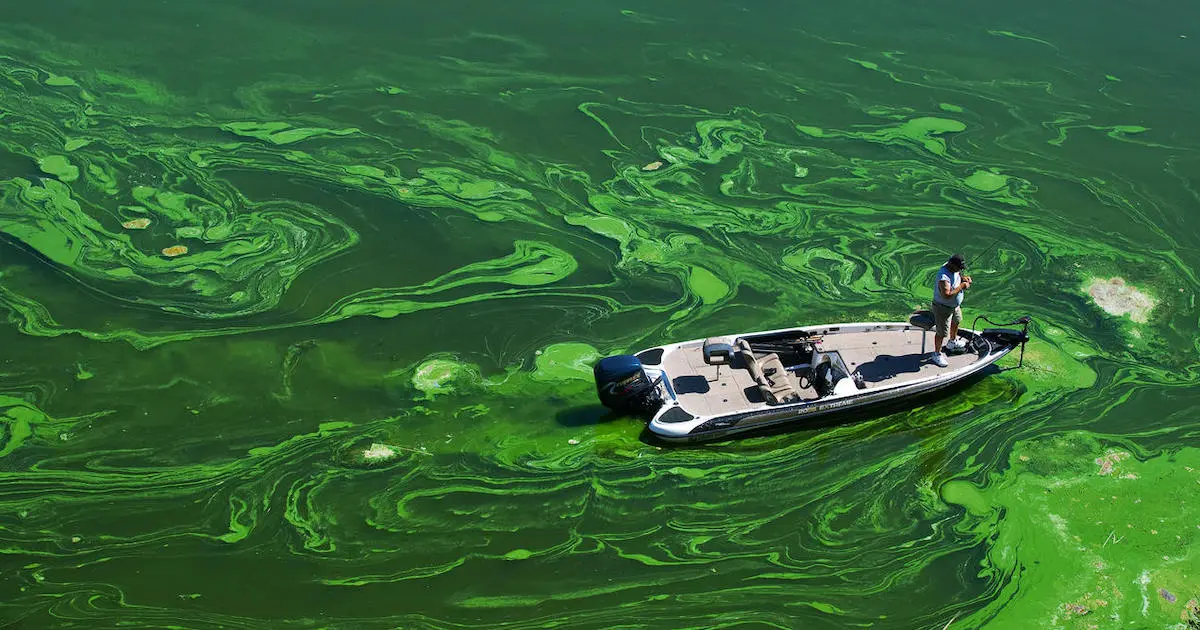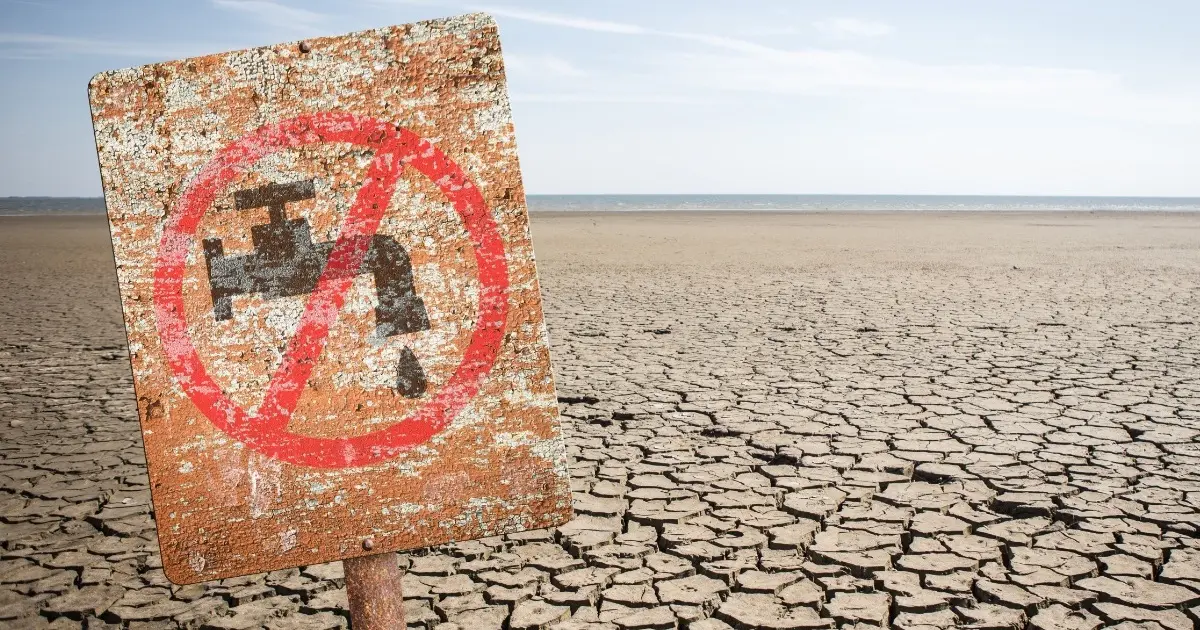Overpopulation And The Freshwater Crisis
When it comes to the relationship between mankind and fresh water, there are two undeniable facts.
Firstly, that fresh water is an essential part of our existence. Whether used for drinking, in the preparation of food, in manufacturing processes, or for agriculture, our very survival depends on our continued access to fresh water.
And secondly, that the rise in human population over recent decades means that, for millions around the world, supplies of fresh water are no longer sufficient to meet demand.
With the global human population expected to reach around 9.8 billion by the year 2050 and almost 11 billion by 2100, fresh water supply and management will become an increasingly critical factor in mankind’s survival.
Yet despite an increasing human population, the growing effects of climate change, rising pollution and man’s propensity for wasteful behaviour, access to fresh water continues to be taken for granted, particularly throughout developed countries.

According to estimates, the demand for fresh water is expected to increase by as much as 50% by 2050, placing further strain on already limited supplies.
Half a billion people in the world face severe water scarcity all year round, whilst half of the world’s largest cities also experience a shortage of clean water.
“I have seen water availability change drastically in my own lifetime. Around the world, millions of people are already living in a true water crisis.” Penelope Cruz
PRIMARY CAUSES
Population growth
As with most of earth’s finite natural resources, human overpopulation is one of the predominant root causes of ‘water stress’, the term used where the supply of fresh water in a country or region is insufficient to meet demand.
Human population has doubled in the last 50 years and this staggering growth, accompanied by rapid economic development and industrialisation, has transformed water ecosystems around the world. Today, 41% of the world’s population lives in or around river basins that are under ‘water stress’, as freshwater use continues at unsustainable levels. And with an increasing population requiring shelter, food and clothing, further pressure is placed on freshwater supplies through manufacturing processes and the production of energy.
Human population is currently growing annually by around 80 million people globally which, according to a United Nations World Report, is increasing global demand for fresh water by around 64 billion cubic meters per year.
Agriculture
A growing population requires feeding and today’s modern agriculture uses around 70% of all the world’s accessible freshwater. Of the water used in agriculture, around 60% is lost through leaking irrigation systems, as well as through the cultivation of crops that are too thirsty for the environment in which they are grown. This wasteful use of water continues to dry out rivers, lakes and underground aquifers, with many of the largest food-producing countries, including the United states, India, China, Spain and Australia, close to reaching their water resource limits.
Pollution
Water pollution comes from many sources including pesticides and fertilisers from agriculture, untreated human wastewater and industrial waste. More than 80% of the world’s wastewater is returned, untreated, back into the environment, polluting land, rivers, lakes and reservoirs.

In the United States, around 55% of freshwater comes from reservoirs, rivers and lakes. A recent survey by the United States federal government’s Environmental Protection Agency (EPA) found that almost 40% of US rivers and 45 percent of its lakes were considered polluted. And while most Americans have access to what they believe is safe drinking water, potentially harmful contaminants, such as arsenic, copper and lead, have been found in the tap water of every single state.
PRIMARY EFFECTS
Human
According to the United Nations, in 2017, 2 billion people worldwide lacked access to safe drinking water and more than 3 million deaths occur every year as a result of disease from contaminated drinking water. It is thought that by the year 2030, 50% of the world’s population will be ‘water stressed’.
Inadequate sanitation is also a problem for 2.4 billion people, who suffer exposure to diseases such as cholera, typhoid and other water-borne illnesses. 2 million people, mostly children, die each year from diarrheal diseases alone.
Stress on water supplies also has an increasing impact on food production, particularly in hot countries where more water is required to grow and cultivate crops. Parts of the Middle East, Asia and the United States rely on a range of intensively grown fruits, vegetables and grains, all of which require millions of tons of fresh water to produce sufficient food supplies.
Environmental
As mankind continues to deplete global freshwater supplies, damage to the environment is inevitable.
Around half of the world’s wetlands have disappeared in recent decades. Wetlands support high concentrations of mammals, birds, fish and invertebrates and serve as nurseries for many of these species. They also provide a range of ecosystem services that benefit humanity, including water filtration, storm protection and flood control. Wetlands also support the cultivation of rice, a staple food in the diet of half the world’s population.
And as more of the planet’s freshwater becomes polluted, ecosystems are severely damaged or disappear altogether. The Aral Sea in central Asia was once the world’s largest freshwater lake. In just three decades, the lake has lost an area the size of Lake Michigan, as well as increasing in salinity due to excessive pollution. Considered a local ecological catastrophe, it has resulted in polluted land around the lake, food shortages, a rise in infant mortality and a reduced life expectancy in the area.
Political
Limited water supplies have proven to be the cause of numerous political conflicts, particularly in countries affected by drought, something that is expected to become more widespread in the future.
One example is the ongoing dispute between Ethiopia and Egypt, regarding access to the River Nile. Although the Nile provides around 85% of Egypt’s and Sudan’s water, over 80% of the Nile’s water originates in Ethiopia. Egypt and Sudan view the dam as a threat because of their dependence on Nile waters, whilst Ethiopia considers it essential for its domestic electrification and development. Ethiopia has publicly stated that it would “not be deterred from impounding water at its Nile mega-dam, despite resistance [from Egypt and Sudan]”.
Yemen, Turkey, Syria, Iraq, Afghanistan, China and India are just a handful of other countries that have been engaged in political and often violent ‘water conflicts’.
Economic
It is believed that the production of water-intensive goods, such as cars, food, and clothing could be severely limited in the future by lack of freshwater resources.
It is also anticipated that lack of freshwater could also affect worker productivity through illness, particularly in countries with higher water pollution and limited water treatment infrastructure.
“The more of us there are, the more we need to take from the planet to survive.” Yan Vana
Increasingly more environmental organisations and experts agree that access to fresh, clean water will be one of mankind’s biggest challenges in future years. Many also believe that if human population growth remains unchecked, it may just be a challenge too big to overcome.
Submitted by Friends of Retha
The Message is the ground-breaking new novel by Yan Vana, a thought-provoking and critically acclaimed debut that will change the way you think about overpopulation and the near future of earth.





Add Comment